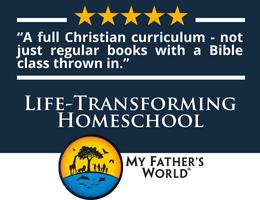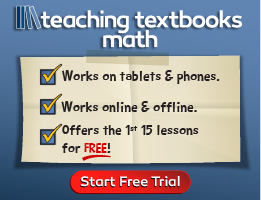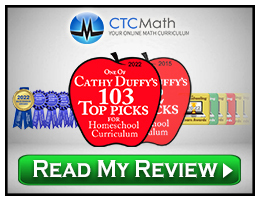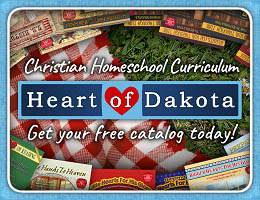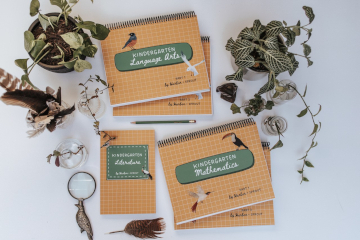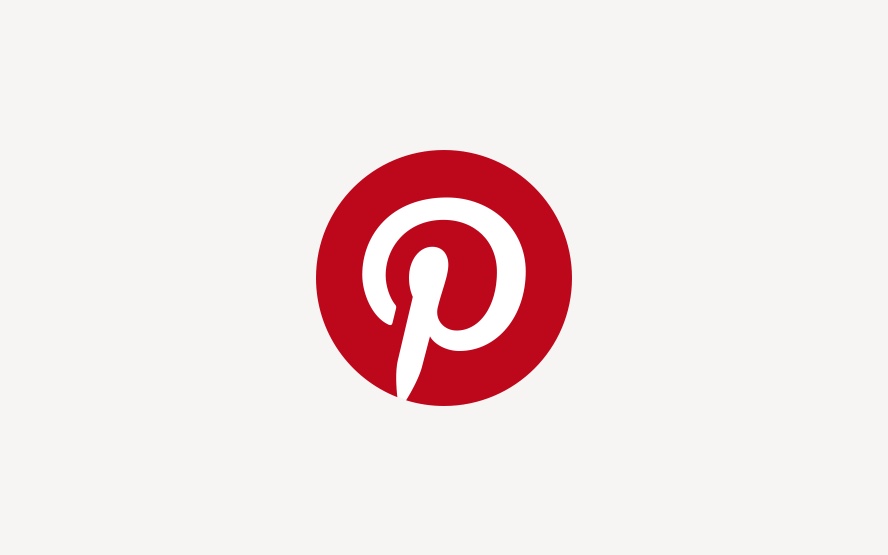Harbor & Sprout’s secular prek and kindergarten programs present academically advanced learning by combining several educational approaches, such as traditional activity pages, multisensory activities, and Charlotte-Mason-style reading and narration. By the end of the kindergarten courses, students should be able to read both short vowel and long vowel words in complete sentences, write sentences, perform both addition and subtraction, identify coins up to quarters, and match analog clock faces to digital. Children not yet ready for the academic content might use these courses for kindergarten and first grade.
Both the prek and kindergarten programs consist of three books, one each for language arts, mathematics, and literature. Theoretically, all six course books can be used on their own, but using them together provides coherent and comprehensive coverage of academic essentials. Note that the Literature courses contain reading material, while phonics instruction is presented in the language arts books.
The course books are available in print or digital formats. The publisher provides extensive free samples for both prek and kindergarten.
Mathematics and Language Arts
Mathematics and Language Arts books each have more than 500 pages, and printed books are bound into Part 1 and Part 2 for each course because of their size. Students do a lot of writing, coloring, and drawing in these books, so you need either the printed books or printouts of the digital books. Digital books cost significantly less, but the number of pages and color printing required might make purchasing printed books more cost-effective. Also, note that Mathematics and Language Arts printed books have a landscape layout with a spiral binding at the top that makes them easy for both right- and left-handed writers to use.
Both levels have lessons for 36 weeks. Mathematics and Language Arts arrange lessons into 12 units. Most lessons are completed in one or two days, a few lessons double up on some days, and a rare lesson takes up to a week. The lessons incorporate Skill Checks every three weeks or at the end of a unit, except for Kindergarten Mathematics, which has a Skill Check every week. (Think of the Skill Checks as reviews rather than quizzes.) Periodic Mastery Assessments are also included.
Lessons concentrate on one objective at a time, and often, a series of sequential lessons develops a single topic. Lessons begin with a warm-up that briefly reviews previously learned topics. This is followed by instruction and practice on the new objective, including multisensory activities called AVK (audio-visual-kinesthetic) Connections. After instruction, students complete exercise pages that might include matching, coloring, writing, solving puzzles, and other traditional types of worksheet activities. However, the exercises are laid out with colorful illustrations, interesting graphics, and so much variety that they are more visually inviting than they sound.
Instructions are presented in outlined boxes for parents to read to children. Parents work closely with children through most activities, although less so in kindergarten. A website page suggests resources such as a movable alphabet, whiteboard, chalk, and playdough or clay that you will want to have available for the instructional part of the lessons and the extension activities described below.
The Mathematics and Language Arts courses each include more than 100 extension activities for additional multisensory learning. They are designed to reinforce the lessons and are separated under headings so parents can easily determine which to use when. Most of these are short and simple like “Use play dough to form the letters of blends and digraphs,” but a few take more time, like making a Thanksgiving tree with gathered sticks and leaves cut from green paper (Kindergarten Language Arts, pp. 11 and 16). The extension activities add important multisensory dimensions to the lessons, so even though it’s left to parents to decide if and when to use them, I highly recommend planning them into your schedule.
The Language Arts courses teach phonics, reading skills, and handwriting (ball-and-stick manuscript), along with topics such as identifying shapes and colors and the use of scissors. Letters are taught by their sounds rather than their names. Little Sprouts Language Arts (for prek) teaches reading readiness as children learn about “book concepts” like reading from top to bottom and left to right, and the beginning, middle, and end of stories. They also learn both lowercase and uppercase letters and their sounds, the distinction between vowels and consonants, rhyming words, titles and authors of books, beginning handwriting strokes, and syllables.
Kindergarten Language Arts also introduces sentence structure, capitalization, punctuation, personal writing (e.g., thank you notes, journaling). As students begin to read digraphs such as ai, ea, and ll, the course uses a system called “Visual Spelling and Reading” that gives students visual cues for sounding out words. The simplest cue is a macron over long vowels. Blue dots identify silent letters, and vowel pairs, such as “ai,” are shown with a line over both vowels and a small arrow signaling the vowel sound to be read. (Level 1, due in the summer of 2025, will continue the coverage of phonics and reading skills.) Children are encouraged to use inventive spelling as they begin to write, sounding out words as best they can.
Little Sprouts Mathematics (for prek) teaches numbers, counting, patterns, sequences, shapes, spatial concepts, introductory measurement, the calendar, time, classification, coins, understanding directions, and maps. Game days are built into the lesson plans—one for each of the 12 units, with instructions for 16 games included. The games identify the units that tie in best for each one. “Choose Your Own Adventure” days are scheduled into the program three times per unit, where families are to choose an activity from either 32 multisensory suggestions on pages 23 to 26 or the 108 extension ideas on pages 11 through 18, or else read a math-related picture book or create their own adventure.
Kindergarten Mathematics begins by reviewing numbers and counting up through 20 that were taught in the prek course. Then it teaches concepts like place value, cardinality, zero, writing numerals, “decomposing” into tens and ones, measurement, comparisons, telling time, identifying coins and bills up to one dollar, addition, subtraction, story problems, patterns, skip counting (by 2’s, 5’s, and 10’s), and 2D and 3D shapes. Lessons teach each concept with a concrete-pictorial-abstract progression.
Extras
A digital set of optional supplements for math and language arts (e.g., flashcards, and printable manipulatives) comes with each coursebook, and recommended booklists for both math and language arts are on the publisher’s website. You can substitute other types of manipulatives and choose other books to read, but one way or the other, you should try to include these options.
Literature
Both Literature course books are close to 200 pages long and include poems, stories, and excerpts from stories. After reading each one, students are prompted to provide a narration. This is followed by comprehension questions, vocabulary words with their definitions, and extension activities. The literature selections are all from the public domain (e.g., Winnie the Pooh stories, nursery rhymes, Aesop’s Fables, and fairy tales like Jack and the Beanstalk) and are intended to be read aloud to children. Children will hear unfamiliar vocabulary and phrasing, but the idea is to expose them to good literature without requiring full understanding. Even so, children are expected to provide a Charlotte-Mason-style (open-ended) narration of what they think the passage or poem was about. (An explanation of how to incorporate a Charlotte Mason type of narration is included in both the Language Arts and Literature course books.) For some readings, discussion might be needed before children grasp enough to provide a narration. Both books feature a mixture of black-and-white and full-color illustrations from the original books and from classical artworks.
Literature books can easily be used in digital formats, although those books in print cost little more than the digital books.
Those using Harbor and Sprout Mathematics and Language Arts can choose other reading material if they wish. Still, I like the inclusion of beloved children’s literature from the past and its Charlotte-Mason-style implementation.
Summary
By combining traditional elements with those from Charlotte Mason, Montessori, and other educational approaches, Harbor & Sprout has created a program flexible enough to suit a broad range of homeschoolers. While there is plenty of structure and lesson material ready to use in an open-and-go fashion, it still includes multisensory learning and loads of options that can enrich and expand learning to even better suit different learning styles.

